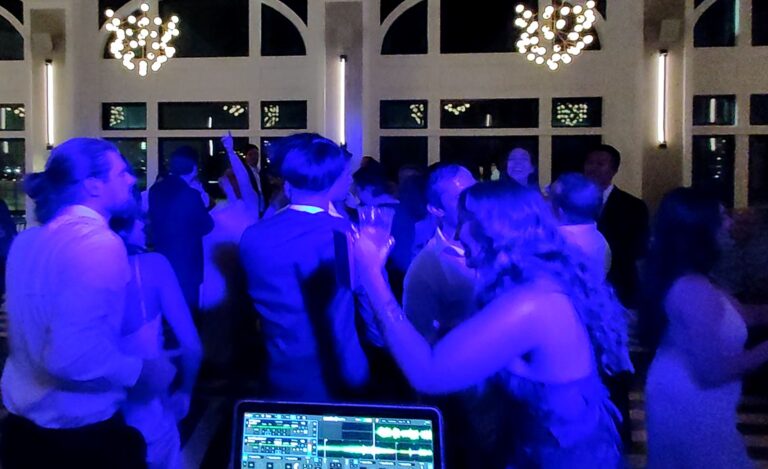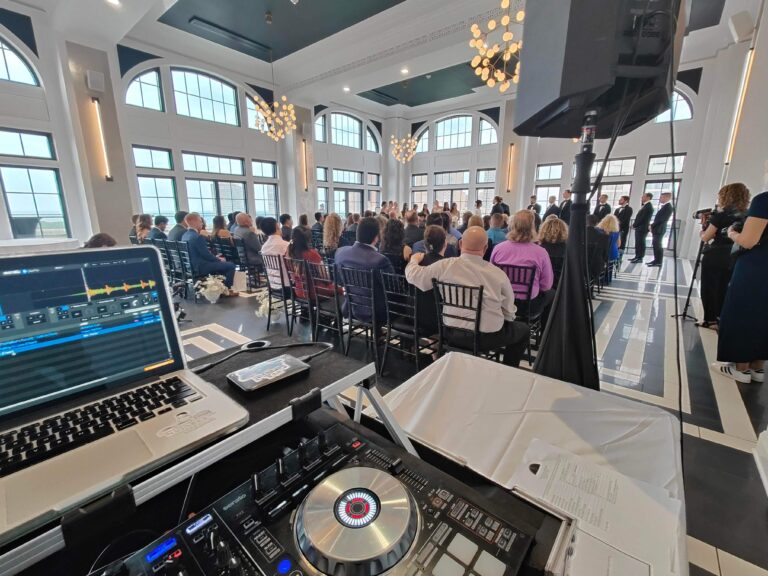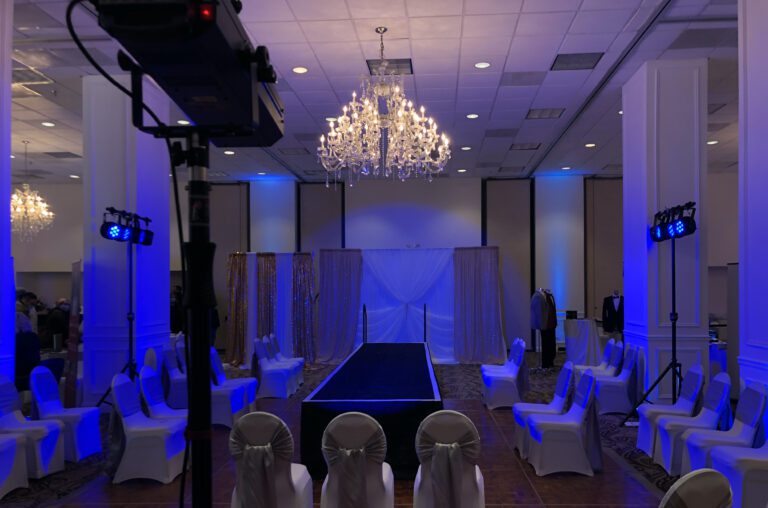Keeping The Experience Alive
In the heart of every electrifying event, behind the pulsating beats and dazzling lights, lies a silent hero – the AC circuit. As we work our magic to create an unforgettable experience for the audience, understanding the role of AC circuits is crucial. In this post, we’ll delve into the world of AC circuits, unraveling the mystery behind the seamless flow of power that keeps the music alive and the dance floor buzzing.
Power Science
AC, or alternating current, is the lifeblood of the modern electrical system, and is the type of power that you have in your walls at home (in the USA). Unlike its counterpart, DC (direct current), which flows in a single direction, AC constantly changes direction. This dynamic characteristic is what makes AC circuits ideal for powering events like performances.
We declare a circuit as “15-20A 120V AC power with an Edison receptacle.” This is the North American standard of power, what you see in your house. However, some equipment requires different power, and we will work with you to make sure we can get that, or provide a power solution. We have trained electrical engineers on staff who are happy to help with questions or unique power solution designs.
Furthermore, we declare a range (15-20A) for amperage (A) because most extension cables are only rated for 15A, generators typically only output 15A per circuit, spider boxes typically only output 15A per circuit, and many wall outlets are 20A. So we will only ever use 15A of the 20A regardless if it’s 15A or 20A. Providing a 20A will not rollover the remaining 5A to another circuit. Our systems are designed at the magical 15A 120V number so it’s easy to calculate what equipment can be on what circuit when on-site.
Power Catastrophe
How do we know when we do not have the right power?
- A breaker trips or a fuse is blown, which is the most common happening if we are lied to.
- Equipment doesn’t work correctly e.g. robotic lighting doesn’t want to move, equipment doesn’t turn on, equipment malfunctions, and/or throws a dim light beam at its maximum brightness.
- Equipment gets damaged. Most commonly due to a generator not being able to keep up with the power load.
- When the power is wrong during testing – it shows us that it is not grounded (the 3rd pointy prong), not working, not the right voltage, or is on the same circuit as another.
Circuit Need-To-Knows
No, you do not need to become an electrician, but there are a few things that you need to know when planning an event:
1. Circuit Quantity
The most common problem that we see at events is that there isn’t enough power or that power wasn’t thought about by the planner. On every equipment listing on our site, and when you purchase the equipment rental and service, we include the total number of circuits that we need and how far those circuits can be from where we need them. Don’t worry, you do not have to do the math and figure out how we got to that number – we do that.
However, we do expect there to be the required number of circuits by the time of our Set Up Time. We do work with the event location on your behalf, but it’s always good to check with them prior to securing the intended rental and service.
Common misconceptions:
- A single receptacle with a power strip attached does NOT make more circuits – it is still 1 circuit if there is nothing else on that circuit.
- A duplex outlet, when there are 2 receptacles on one power outlet, is NOT another circuit. It is still a 15-20A 120V circuit in most cases.
- 2 duplex outlets, when there are 4 receptacles on one box, is usually NOT another circuit unless explicitly written on there by the installing electrician.
- Outlets on different walls do not necessarily mean different circuits – they could be all wired together on one 15-20A 120V circuit.
2. Circuit Distance
Sometimes event locations have the power capacity e.g. have 120A in the wall outlets around the space and spread over 6x 20A 120V Edison receptacles. But to capture all 6 circuits, thousands of feet of cable may need to be ran, which can get expensive – especially if we need to have another team deliver us more cable and cable guards (day-of rental and day-of service addended).
We typically declare the power receptacles to be within 25′ of the center of the Production Area e.g. the stage, the DJ booth, etc.
Need-To-Know Circuit Summary
When speaking with your event location, you should say: “I need _X_ number of circuits, and each circuit needs to be 15-20 amp, 120 volt, be a standard edison receptacle, and be within 25ft of the __center of the stage / DJ booth / etc.__.” You should also ensure you speak with the right person. Sometimes location managers think they know power because “they’ve never had any issues”, and then slap you with a $800 charge to call-in their electrician on a Saturday – true story. We’re also not like other companies – we show up with the real tour-grade equipment regardless of event size. Real equipment avoids equipment problems.
Power Failure Prevention
We take several steps to prevent power issues on-site, with your help:
1. Declaration of Power
We declare the number of circuits that we need to all power stakeholders. We perform this calculation.
2. Proactive Planning
We check with the event location, a week or two prior to the event, if we suspect power to be an issue. You will need to check with them prior.
3. Label The Circuits
For events that require a lot of power, we require the circuits to be labeled for quick access if a breaker trips. We can send a power technician out prior to the event to test and label the circuits they are not.
4. Circuit Separation
We seperate the circuits so that, in the event of a power failure, it is not detrimental to the event. E.g. if the left side speakers go out, the right side is still active.
5. Circuit Testing
Even for the smallest events where more than one circuit is needed, we typically test the receptacles that we’re directed to, to ensure nothing happens when we use them at our intended capacity.
6. Power Solutions
We can tie-in to venues that have 50A receptacles, CamLock 3-phase show power, or even run a generator and spider box system to get the power that we need and where we need it.
7. Battery Backup
We offer battery backup solutions, and pre-include them on larger event Levels. So if a circuit did blow on a primary circuit e.g. the lighting control desk, we hope it will remain active until it can be fixed.
8. Cable Guards
We plan for, and require the use of, if we need to run cable through traffic (foot, vehicular, etc.). This ensures our cables’ longevity and workability. It would be detrimental if someone steps on a cable with a pointy heel and took out your event.
Concluding
If there is absolutely no way for us to obtain the power that we need by way of extra extension or appending a generator system, we will have no choice but to omit the purchased feature without discount or refund for the rental or service – please plan accordingly.
Next time you find yourself lost in the music at an event, take a moment to appreciate the unsung hero working tirelessly behind the scenes – the AC circuit. Its role in powering the amplifiers, lighting, and effects is indispensable, contributing to the immersive and electrifying atmosphere that defines a memorable DJ performance. So, as the beats continue to throb and the lights flash in perfect harmony, remember that it’s all made possible by the invisible dance of electrons in the AC circuit, and Clik.






